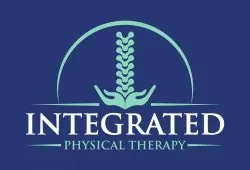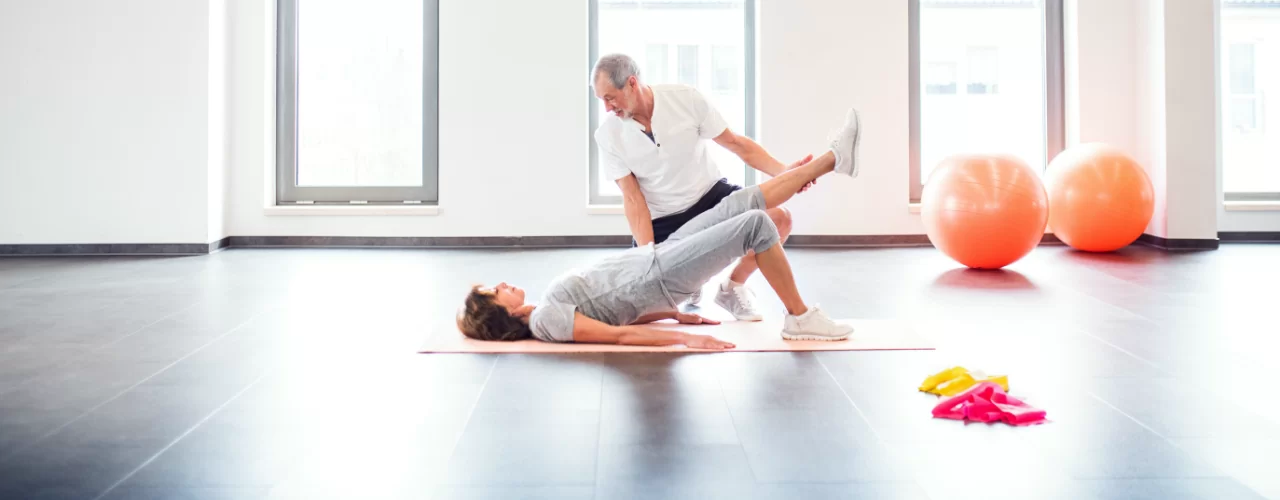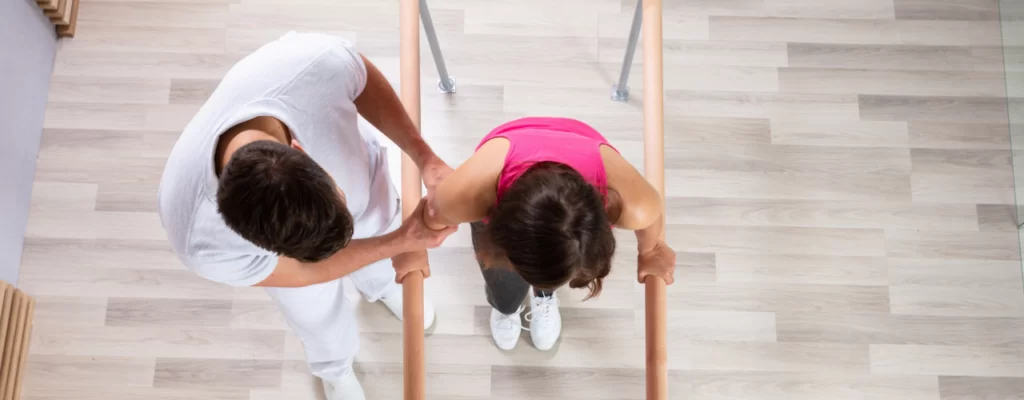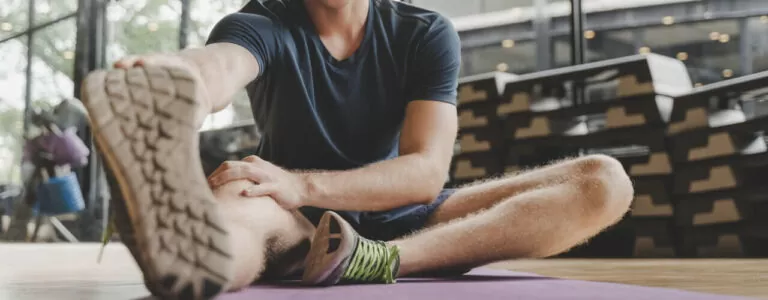Are you experiencing burning or stinging sensations during sexual intercourse, exercise, or even when you’re simply sitting down doing nothing?
This kind of pain may confuse you, but it’s fairly common in women of all ages. Vulvodynia, also known as vulvar vestibulitis, is a condition that causes chronic discomfort and pain for weeks, months, or years at a time.
Although this condition isn’t life-threatening, it can put a serious damper on your mood, make participate in regular everyday activities and exercise, and strain your intimate relationships. Integrated Physical Therapy in McKinney offers pelvic floor therapy for our patients in need of rehabilitation and symptom management.
Call our clinic to schedule an appointment today.
What is vulvodynia?
Vulvodynia is a condition resulting in chronic pain felt in the vulva (outer female genitals.) This condition is often misdiagnosed, but it’s fairly prevalent in women of all ages.
The vulva, or external female genital organs, is affected by vulvodynia. The labia, clitoris, and vaginal entrance are all included. There are two major categories: generalized and localized.
Pain in different locations of the vulva at different times is referred to as generalized vulvodynia. Vulvar pain can occur on a regular basis or only once in a while. This pain can sometimes be triggered by touch or pressure.
Localized vulvodynia refers to pain felt in a single location of the vulva. This sort of burning vulvar pain can be caused by sexual activities, but also by something as simple as sitting down for a long period of time.
Causes of vulvodynia
This condition does not have a certain known cause, however, factors such as hormonal changes, nerve injury, anxiety, depression, and prolonged or frequent antibiotic use may contribute to it.
How can pelvic therapy help?
Pelvic floor therapy is one method of treatment that can help ease the symptoms of vulvodynia and other painful conditions involving the genitals and pelvis. Physical therapy for the pelvic floor involves strengthening exercises to help muscles and also decrease the frequency of muscle spasms.
During your first appointment, at Integrated Physical Therapy, your therapist will evaluate strength, endurance, flexibility, and motor control of the pelvic floor muscles to help in determining the best route for your treatment plan. You’ll receive a pelvic exam and they will ask you questions about the frequency and severity of your pain.
The next step is for your therapist to employ different techniques to bring you relief from vulvodynia symptoms. Your treatment may involve any of the following methods:
- Participating in a home exercise program and instruction
- Ultrasound therapy
- Biofeedback therapy to relax pelvic muscles
- Increasing endurance of the core, strength, and stability in hip muscles and pelvic floor
- Performing strengthening exercises
- Improving posture/positions
- Participating in an exercising/mobility program.
Other methods your pelvic floor therapist may recommend to reduce pain at home include using heating pads, water-soluble lubricants during intercourse, sitting on foam pillows to reduce pressure, and deep breathing exercises to relax muscles.
Get the help you deserve today
Dealing with a condition such as vulvodynia can be uncomfortable, but seeking help and talking about it with a medical professional are the first steps to finding relief. Give us a call today to schedule an assessment at our McKinney clinic, and get the help you deserve today.




